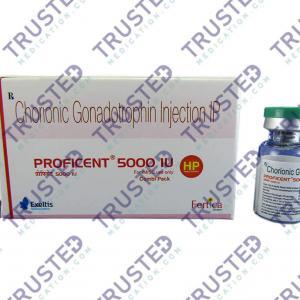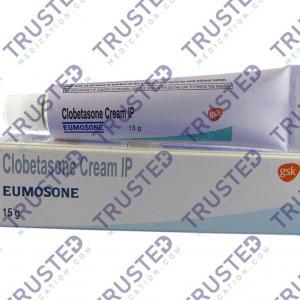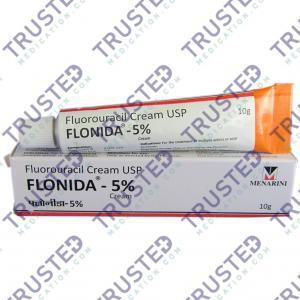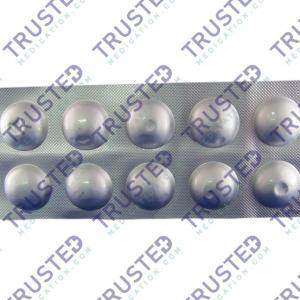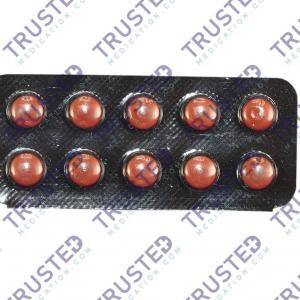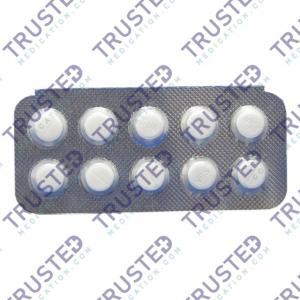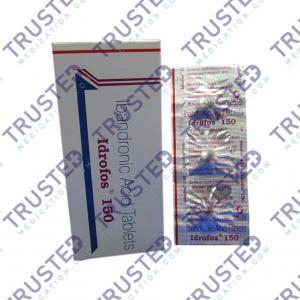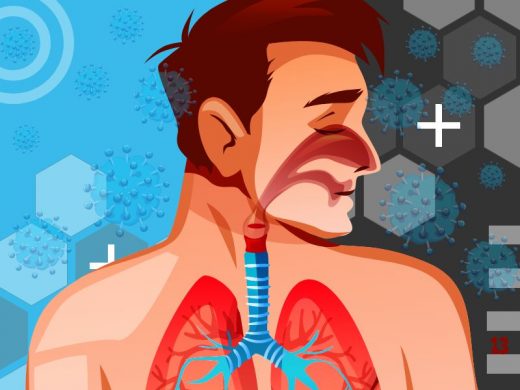
Sinusitis make thin mucus that drains out of the channels of the nose. This drainage helps keep the nose clean and free of bacteria. When fluid blocks the sinuses, it causes bacterial growth and infection. Sinusitis is a swelling and inflammation of the tissue lining of the sinuses.
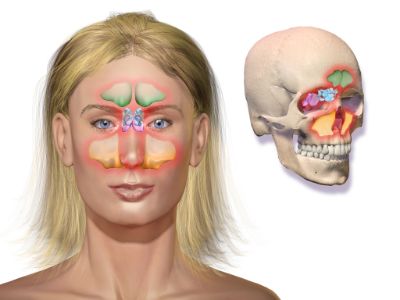
Types of Sinusitis
- Acute sinusitis. It starts with cold-like symptoms such as a runny, stuffy nose and facial pain. It may start suddenly and last 2 to 4 weeks.
- Subacute sinusitis. It lasts for 4 to 12 weeks.
- Chronic sinusitis. The symptoms and condition last more than 12 weeks.
- Recurrent sinusitis. It happens several times a year due to typical triggers, allergens, and other causes.
What are the Causes of Sinusitis?
Sinusitis is due to bacteria, virus, or fungus that causes swelling and blocking in the sinuses. Other causes include:
- Common colds and flu
- Seasonal allergies
- Polyps
- A deviated septum or the line of cartilage
- A weak immune system from illness or medications.
Symptoms of Sinusitis

- Thick, yellow, or greenish mucus from the nose or down the back of the throat
- Blocked or stuffy nose
- Congestion or difficulty breathing through your nose
- Tenderness and pain
- Swelling and pressure around your eyes, nose, cheeks, and forehead
- Ear pressure and headache
- Toothache
- Altered sense of smell and cough
- Bad breath
- Fever and fatigue
Contact your doctor if you have any of the following:
- Symptoms that last more than a week or so
- Symptoms that worsen after seeming to improve
- A persistent fever
- A history of recurrent or chronic sinusitis
- Pain, swelling, or redness around your eyes
- Confusion
- Double vision or other vision changes
- Stiff neck
What are the Risk Factors of Sinusitis?
- Nasal polyps
- Deviated nasal septum
- Aspirin sensitivity
- Asthma
- Dental and fungal infection
- Tumors and immune system
- Hay fever or another allergic condition
- Regular exposure to pollutants
How to Diagnose Sinusitis?
- Nasal endoscopy. It allows your doctor to inspect the inside of your sinuses.
- Imaging studies. It shows details of your sinuses and nasal area.
- Nasal and sinus samples. Lab tests determine the diagnosis and treatment of the worsening sinusitis. It detects a bacterial infection.
- Allergy testing. It can help pinpoint the allergen that is causing your nasal flare-ups.
Treatment for Sinusitis
After assessing the symptoms and medical condition, your doctor may recommend antibiotics or other medications. The typical treatment for sinusitis include:
- Nasal spray
- Nasal corticosteroids
- Decongestants
- Allergy medications
- OTC pain relievers
How to Prevent Sinusitis?
- Maintain proper sanitation to prevent upper respiratory infections
- Manage your allergies to control the symptoms
- Avoid cigarette smoke and polluted air
- Use a humidifier

